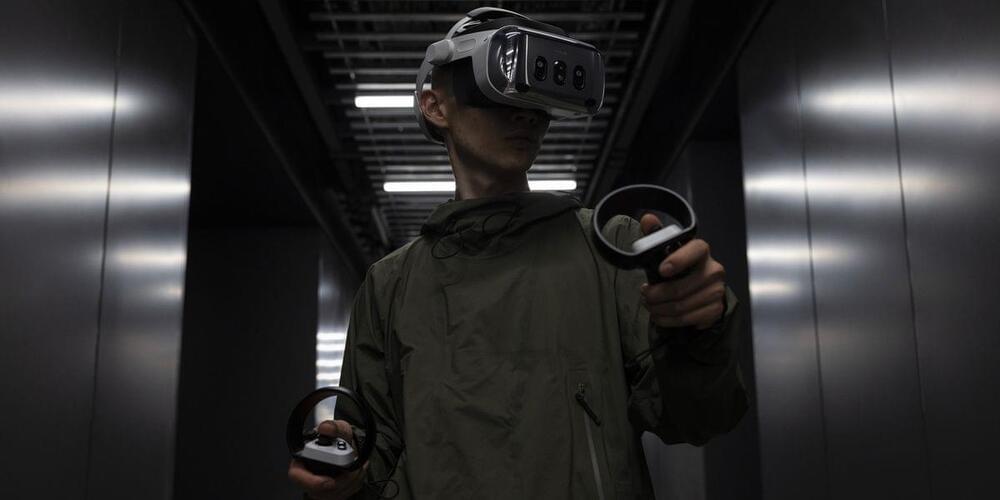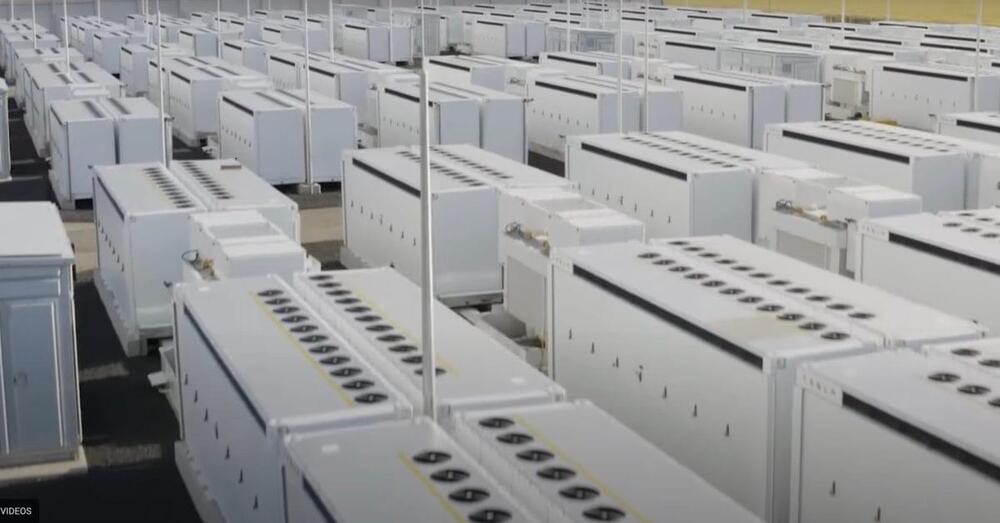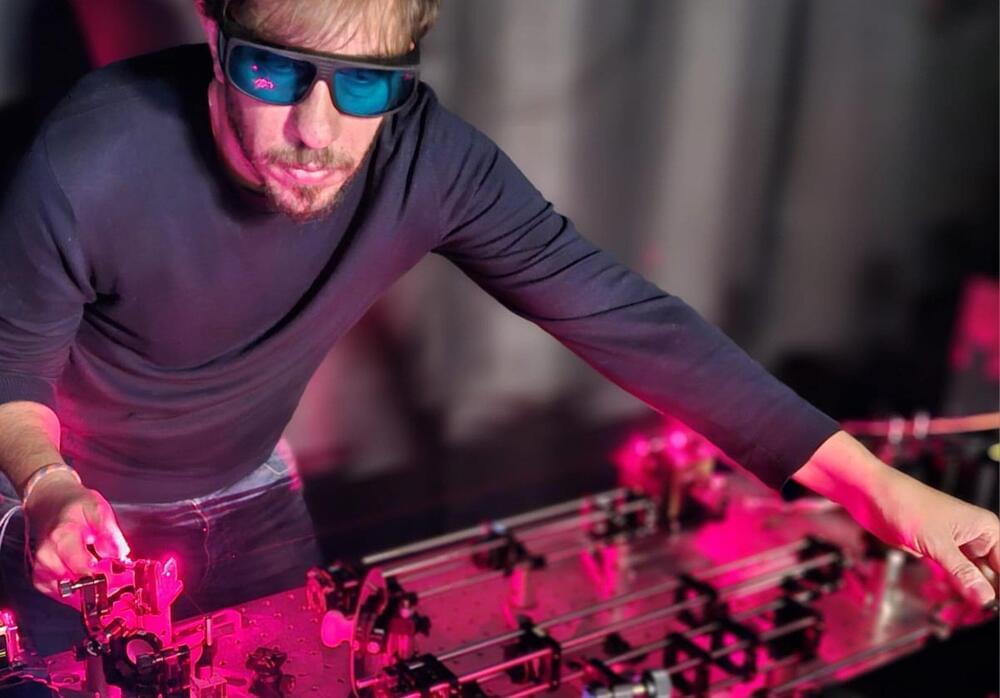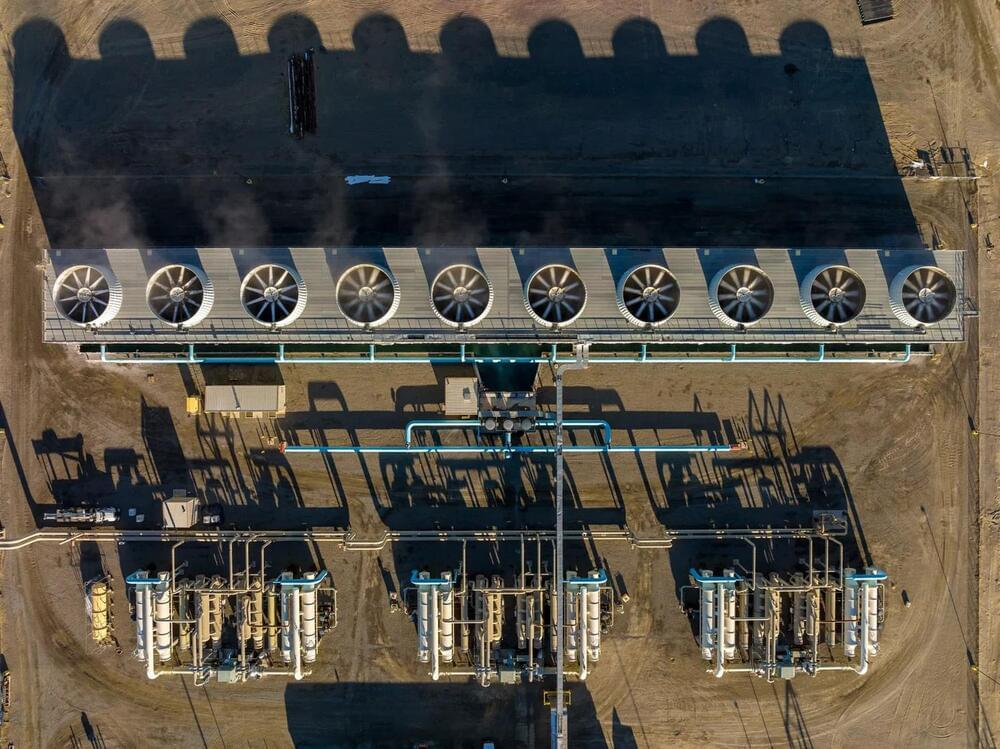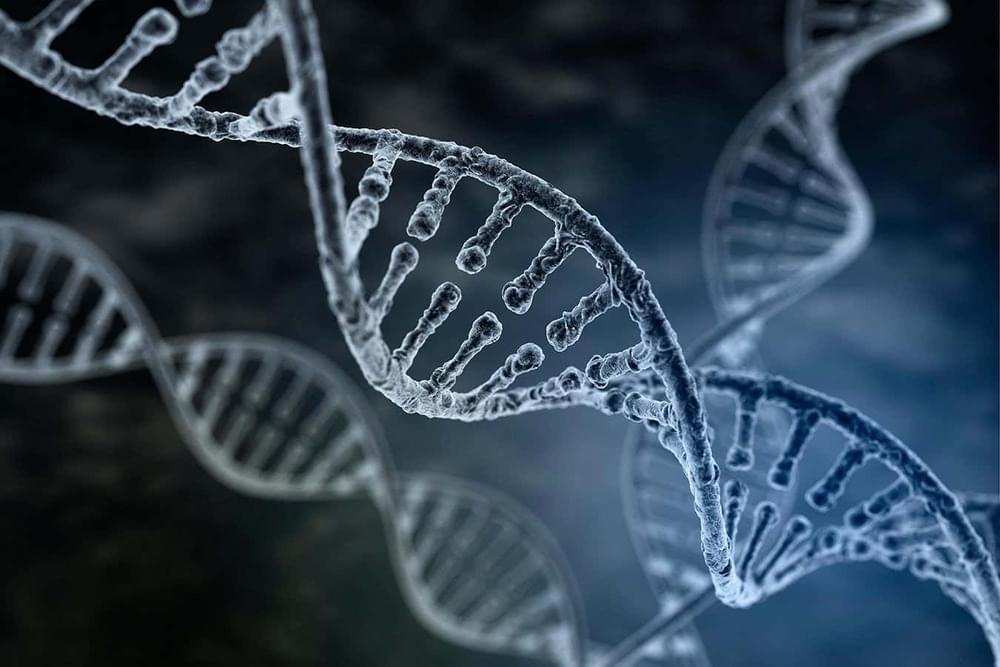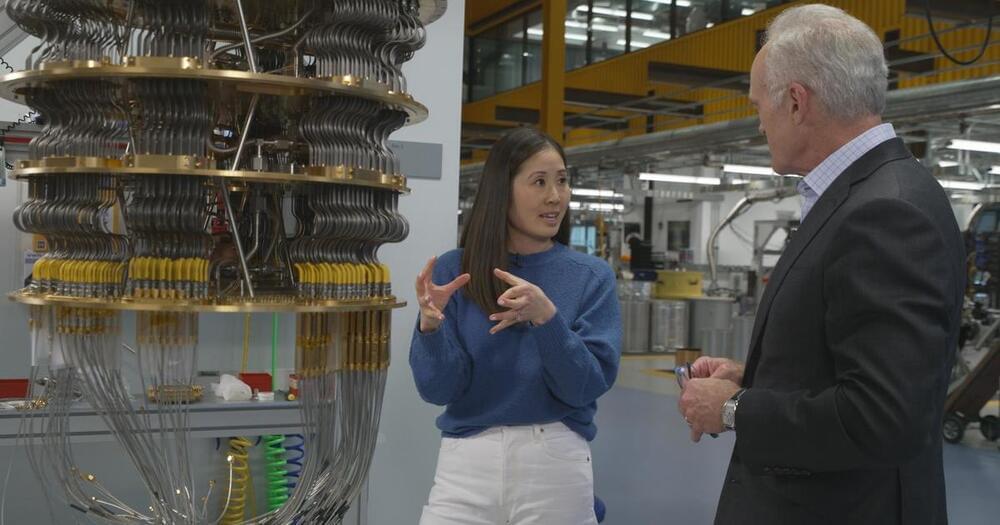Autofocus cameras and enhanced field of view promise next-level immersion.
Tesla has secured a massive Megapack order for a new giant energy storage project that will likely become the largest in the world.
The project in question is the Melbourne Renewable Energy Hub (MREH), which is located just outside of Melbourne.
When completed, it will consist of three battery systems totaling 600 MW/1.6 GWh of capacity.
When Emiliano Cortés goes hunting for sunlight, he doesn’t use gigantic mirrors or sprawling solar farms. Quite the contrary, the professor of experimental physics and energy conversion at LMU dives into the nanocosmos.
“Where the high-energy particles of sunlight, the photons, meet atomic structures is where our research begins,” Cortés says. “We are working on material solutions to capture and use solar energy more efficiently.”
His findings have great potential as they enable novel solar cells and photocatalysts. The industry has high hopes for the latter because they can make light energy accessible for chemical reactions—bypassing the need to generate electricity. But there is one major challenge to using sunlight, which solar cells also have to contend with, Cortés knows: “Sunlight arrives on Earth ‘diluted,’ so the energy per area is comparatively low.” Solar panels compensate for this by covering large areas.
Flying electric cars are not just for sci-fi movies. Miami-based Doroni Aerospace announced Friday its all-electric flying car, the Doroni H1, received official FAA Airworthiness Certification. And the best part – it’s designed to fit in your garage.
Doroni claims to be the first company to test manned flights with a 2-seater flying electric car in the US. The Doroni H1 took flight earlier this year.
CEO Doron Merdinger successfully piloted the personal electric vertical takeoff and landing aircraft (eVTOL) this summer. Merdinger said receiving the flight certification “is not just a milestone for our company, but a leap forward for the entire field of personal air mobility.”
It is now contributing carbon-free energy to the grid that serves Google’s Nevada data centers.
Researchers have worked out how a protein called photolyase repairs DNA using light, and their discoveries could guide the development of light-based manufacturing technologies.
By Grace Wade
“We’re looking at a race, a race between China, between IBM, Google, Microsoft, Honeywell,” Kaku said. “All the big boys are in this race to create a workable, operationally efficient quantum computer. Because the nation or company that does this will rule the world economy.”
It’s not just the economy quantum computing could impact. A quantum computer is set up at Cleveland Clinic, where Chief Research Officer Dr. Serpil Erzurum believes the technology could revolutionize the world of health care.
Quantum computers can potentially model the behavior of proteins, the molecules that regulate all life, Erzurum said. Proteins change their shape to change their function in ways that are too complex to follow, but quantum computing could change that understanding.
Documents show that OpenAI signed a letter of intent to spend $51 million on brain-inspired chips developed by startup Rain. OpenAI CEO Sam Altman previously made a personal investment in Rain.
US-China consensus on regulating the military use of AI mentions no specifics, amid challenge posed by the lack of a common definition for such systems Mutual vulnerability could still push the rival powers to create a common set of binding regulations, observers say.
Now, the AI-powered products that were supposed to get a Gemini boost, such as the Bard chatbot, will have to wait until next year.
Justin Sullivan/Getty Images.
Google’s multimodal AI competitor.
